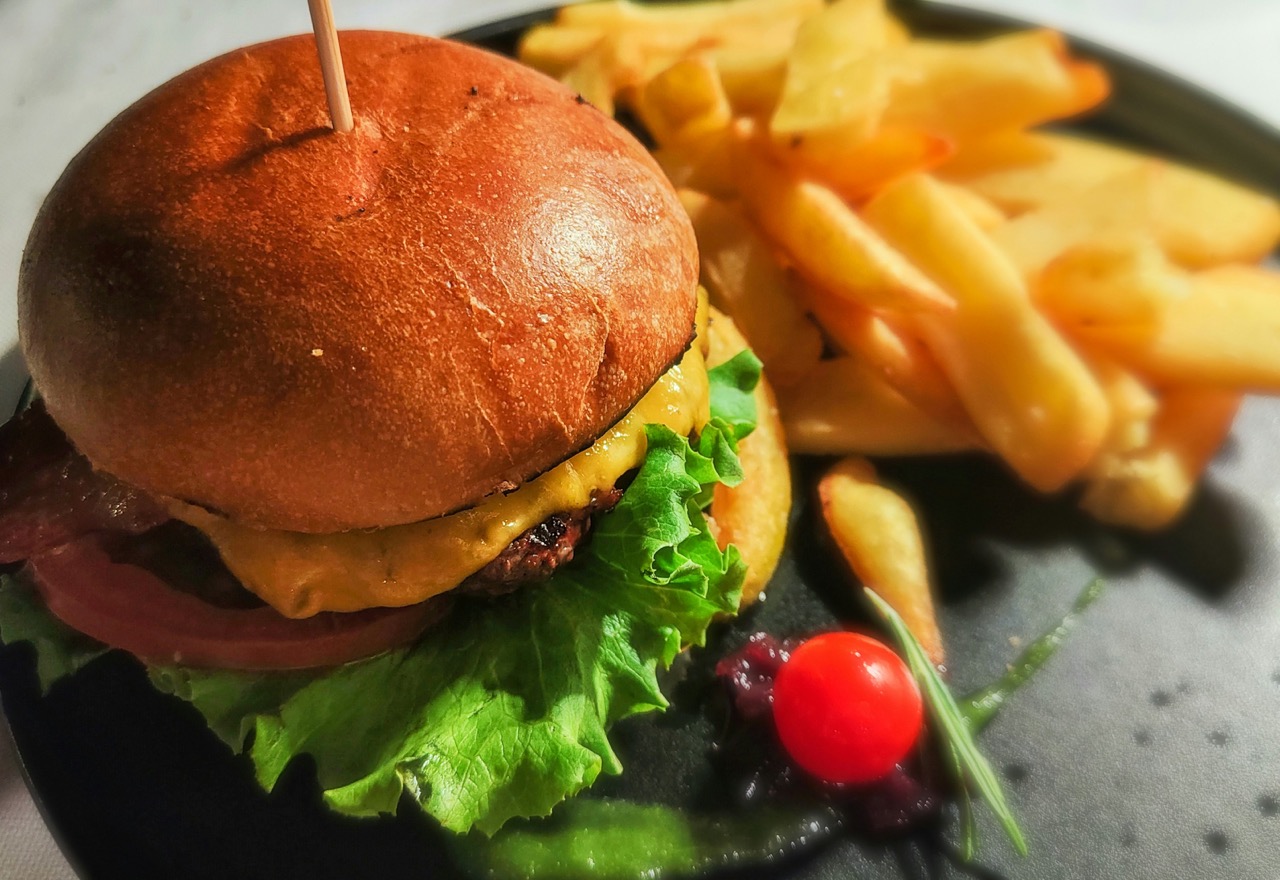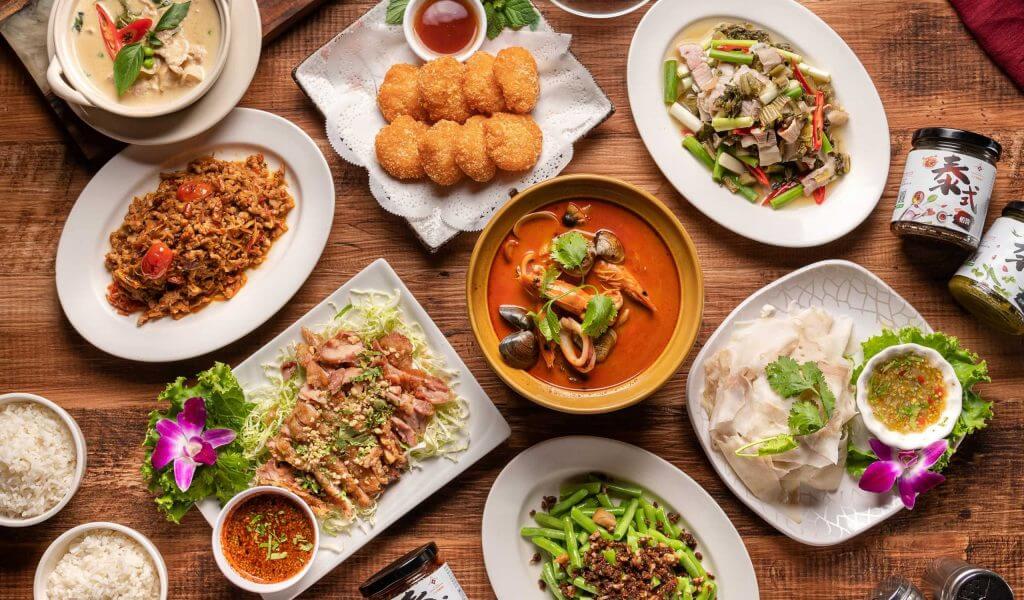Author Chris Van Laak
Photographer Chris Van Laak, Mei&Mei, Daiju Azuma
My first breakfast in Taiwan was a big disappointment.
It was about seven years ago; I was traveling in Asia and had no idea Taiwan would soon become my new home. A Taiwanese friend had told me that “traditional Taiwanese breakfast” is great and that breakfast shops serving it are ubiquitous in Taipei. Having “breakfast” for breakfast sounded exciting to me, even though I had just gotten used to the absence of any breakfast-specific options in many places I had visited in Asia.
A few weeks before I arrived in Taiwan, for example, I had begun to delight a steaming hot bowl of spicy, fishy guay tiew noodle soup for breakfast—it was pretty much the only food available in the Thai/Lao border region in the morning. Everybody had it, and it felt so authentic that I couldn’t imagine what life was like there in a time before the dish was invented.
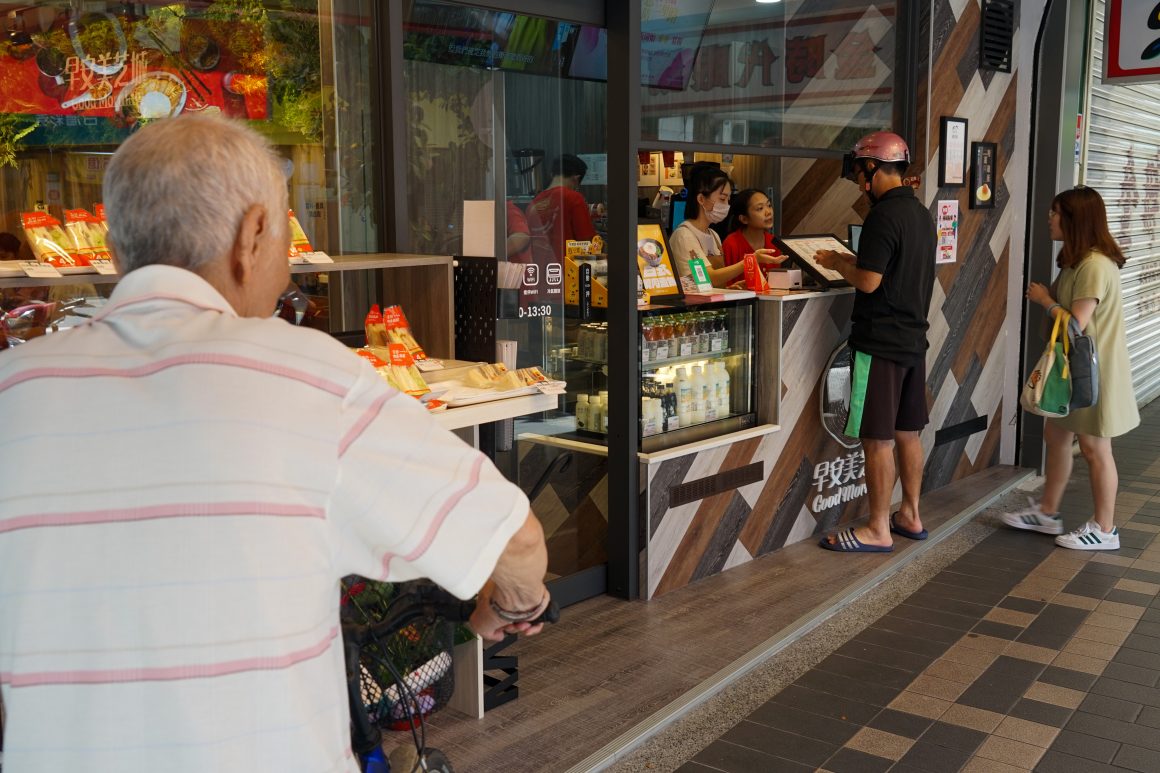
On my first day in Taiwan, we went to a Good Morning (早安美芝城) breakfast shop where I had an egg pancake (danbing, 蛋餅) with ham and cheese. It felt not authentic at all compared with what I had gotten used to. Others around us had burgers, sandwiches on sugary wheat bread, French fries and chicken nuggets, which are, according to some market research I did while eating breakfast last week, still the bestseller at the Good Morning near my home.
Really, why?
How did this kind of “Western” food have such a large impact on Taiwanese people’s eating habits, and why did it change breakfast habits more than lunch or dinner habits?
When the first breakfast shop chains popped up in the 1980s, breakfast habits were diverse. There were at least two strands. On the one hand, there was a traditional rice-based breakfast. In the 1980s, a larger share of Taiwanese would have eaten foods similar to what their ancestors had been eating about a century earlier—what the missionary George Leslie Mackay described in his 1896 ethnographic memoir From Far Formosa as “cooked rice and salted vegetables” at 4am, before farmers went out to work their fields.
Rice porridge (congee;粥) would have been popular as well, for example topped with steamed taro or pork floss (rousong;肉鬆).
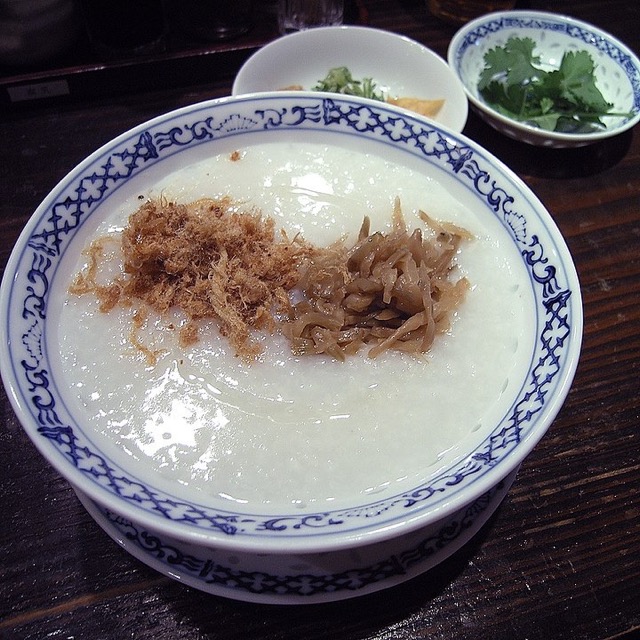
On the other hand, Mainlanders who had come to Taiwan with the ROC government had brought wheat-based breakfast foods, most importantly fried breadsticks known as youtiao (油條). In the early decades of the ROC in Taiwan, lower-rank on-duty soldiers had youtiao with soy milk for breakfast every day, a routine that helped popularize them and other wheat-based foods among the general population. The earliest soy milk shops, many of which now open 24 hours or at least until late at night, started as breakfast restaurants in the 1950s.
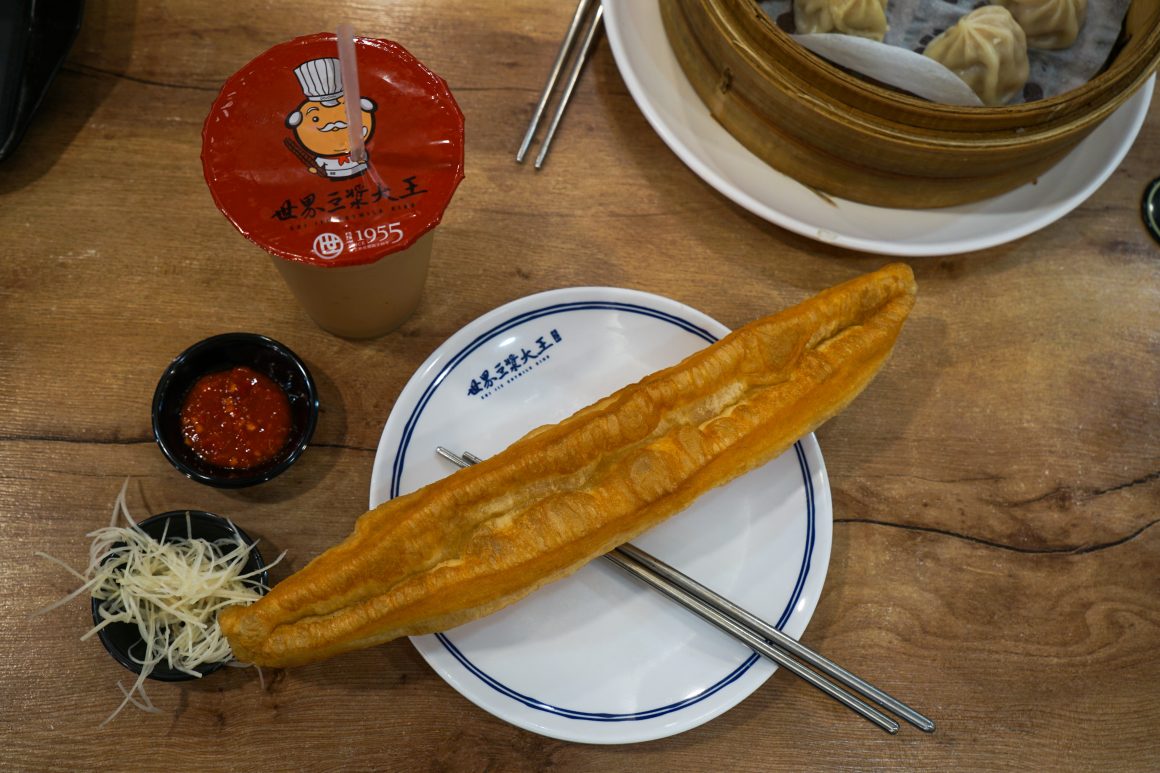
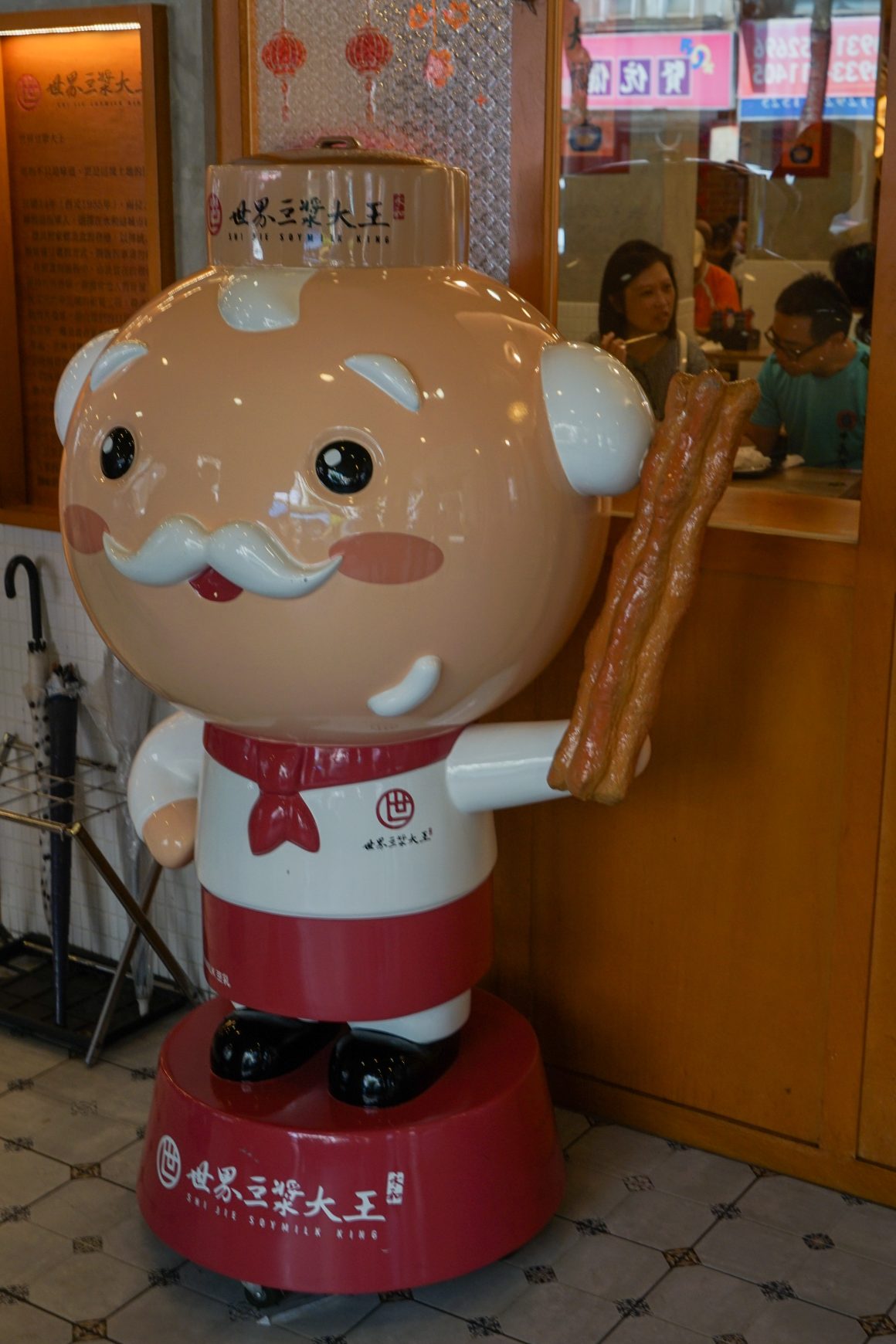
Fast food breakfast
The main catalyst for the next generation of breakfast shops was a well-known culprit: McDonald’s. The US fast-food giant opened its first location in Taiwan in 1984, and local businesses tapped into the burgeoning appetite of Taiwanese for what they saw as exciting and new. Among those local businesses was Mei & Mei (美而美), which later rebranded most of its locations as Good Morning.
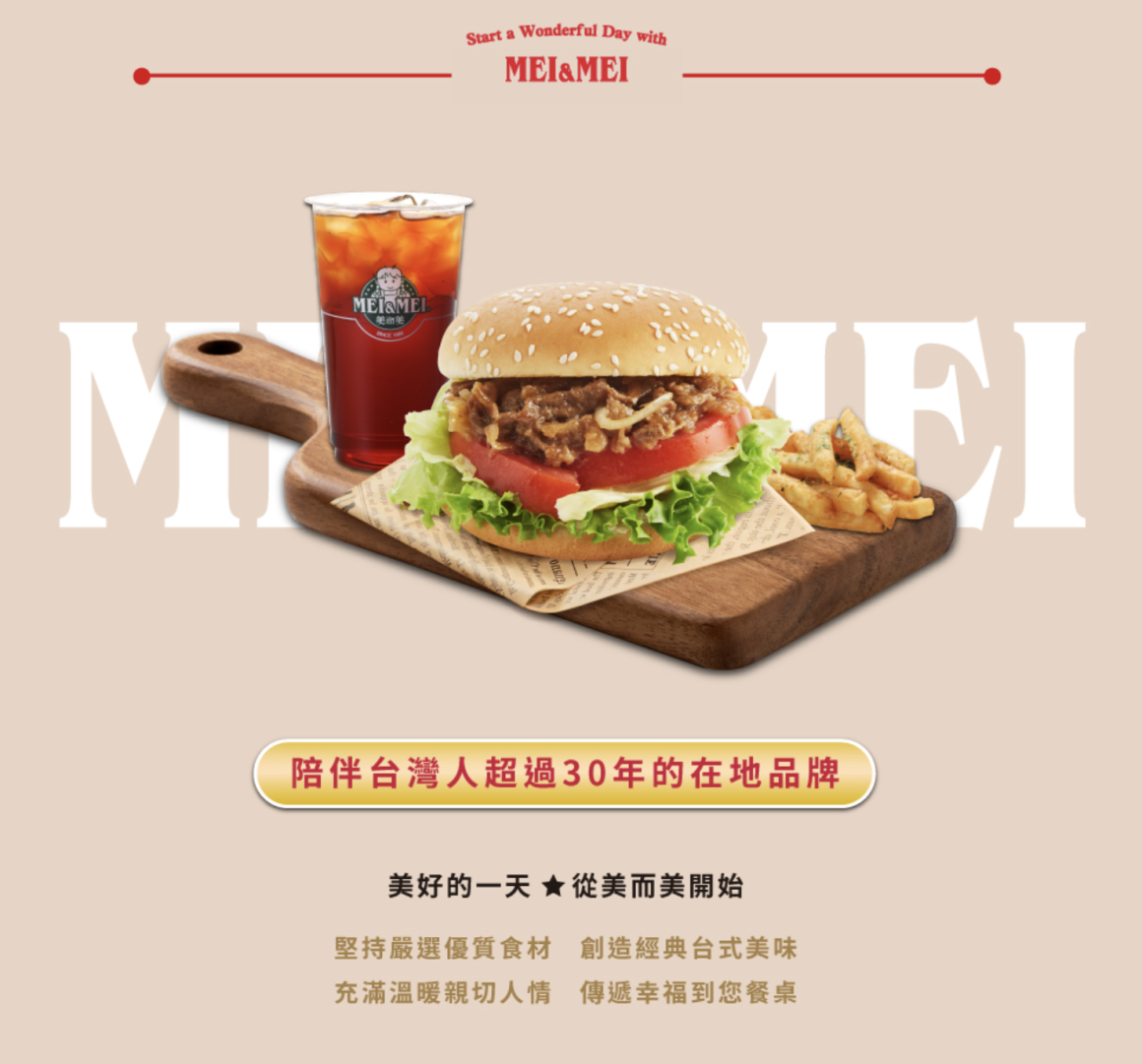
The McDonald’s connection is obviously not part of the company’s official origin story, but both Mei Er Mei and McDonald’s received their first burger buns and American-style wheat bread from the same factories, or (as this claim is difficult to verify) at least from factories owned by the same company: I-Mei Foods (義美食品).
I-Mei is a behemoth in Taiwanese food manufacturing. The company was founded in 1934 and traces back its roots to Qing-Dynasty Taiwan, but it only saw major expansion of its operations after World War II, when the US began sending flour through its aid programs to Taiwan as it sought to prop up the ailing ROC government.
Wheat and eggs
In some instances, supply came first, followed by demand created by innovative companies and their adept marketing strategies, and US exports always played a large role.
For example, American producers helped launch the Taiwan Wheat Products Promotion Council, while American advisers played an instrumental role in establishing Western-style home economics departments in Taiwanese universities, where locals learned what’s healthy, or rather what was at the time deemed healthy by US standards.
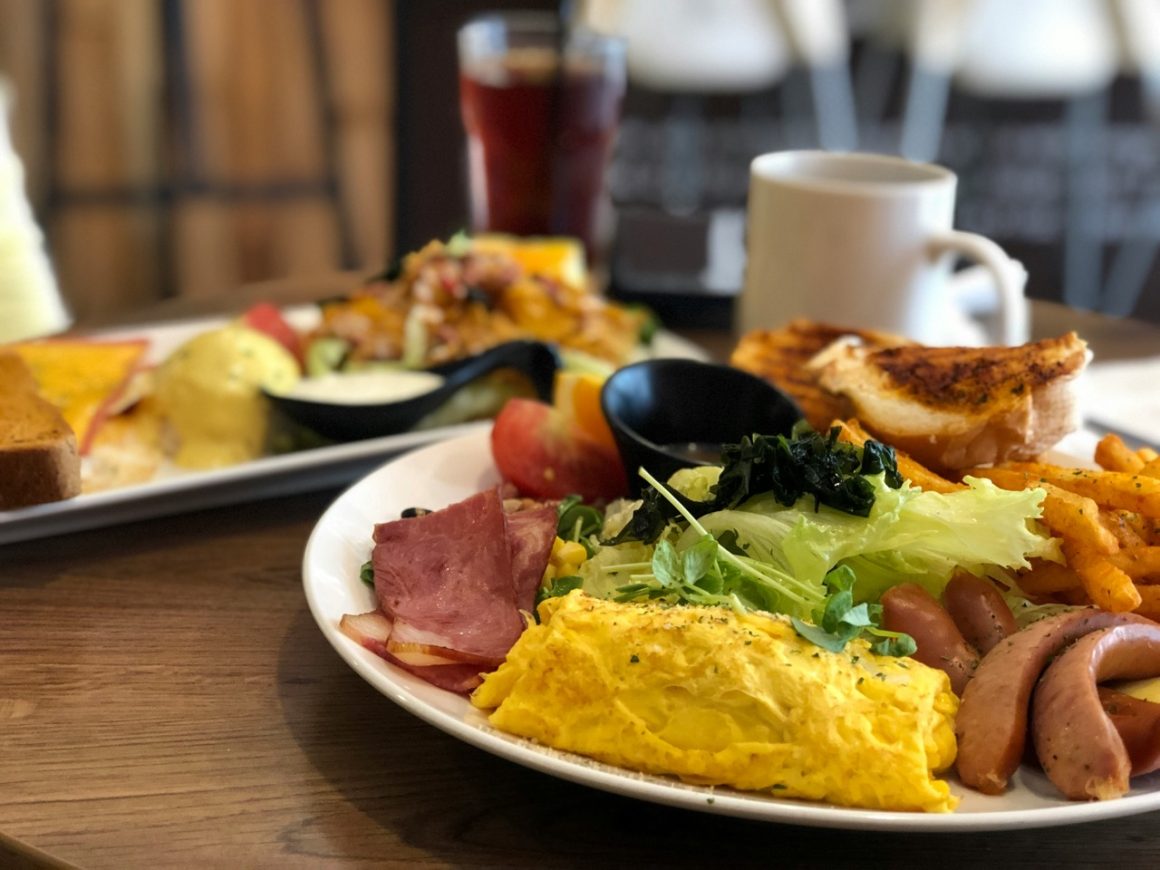
Central to health-food trends in the 1960s and 1970s were eggs, as they were an affordable source of protein. In Taiwan, official numbers from 1975 show that daily protein intake had risen 55 percent over the previous two decades, from about 48g in 1954 to 74.8g. Besides pork and chicken, eggs played a large role in this.
Taiwanese egg production ran red-hot, fueled by maize-based chicken feed imported from the US, and Taiwanese loved it. It is not surprising that the breakfast shop chains that opened in the 1980s thought they could improve the type of Western fare introduced by McDonald’s by adding a fried egg to everything. (They still do.) It gave them the edge over their US competitor, at least in the breakfast market.
Why not lunch and dinner though?
The short answer is I don’t know. The longer, and largely speculative, answer is socioeconomics.
For starters, it’s remarkable that all main breakfast shop chains started in Taipei, and the capital seems to have Taiwan’s highest breakfast shop density until this day. I assume that it’s because Taipei’s demographics are slightly different from other cities and counties. More people live alone, often without a proper kitchen in their studio apartment, or in one or two-generation households without retired grandparents, who might be more keen on providing a “proper breakfast.”
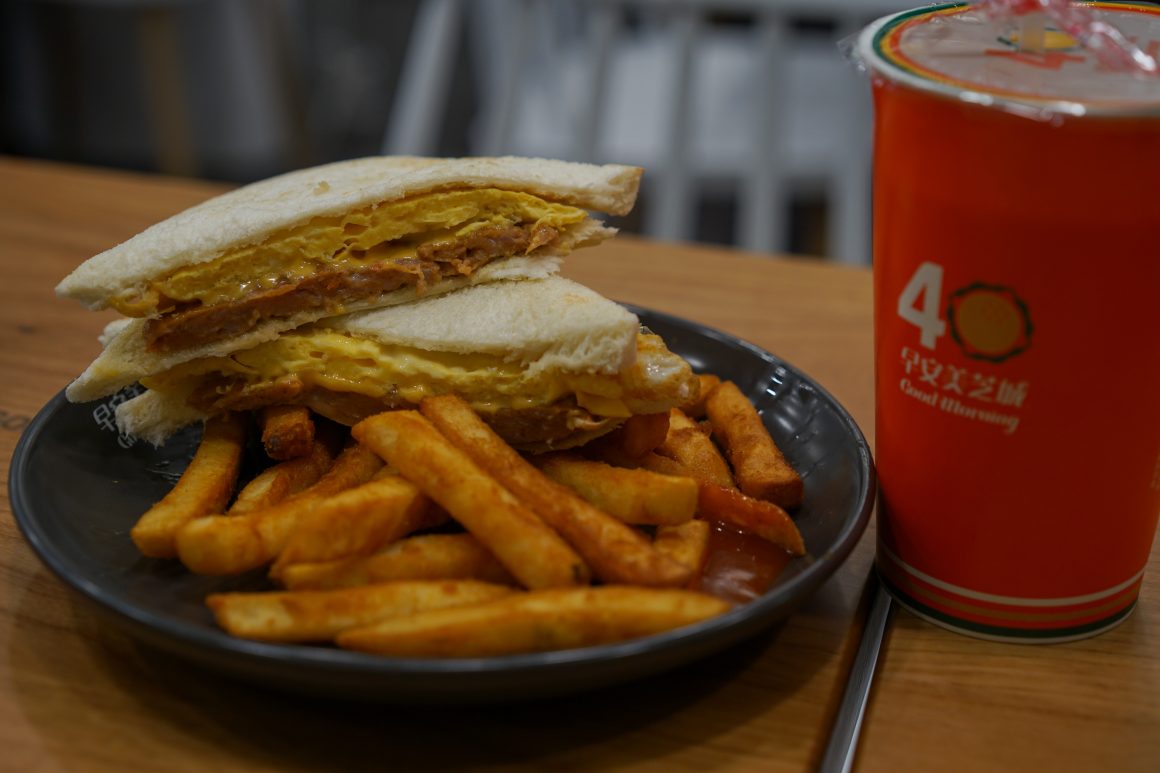
As early as the 1980s, it was normal for young families in Taipei that both partners had nine-to-five office jobs. Getting up an hour earlier to cook rice for breakfast was simply less convenient than grabbing food on the way to work or before dropping off their children at school.
Meanwhile, the other meals were affected by socioeconomic changes to a lesser extent. Workers continued to have lunch in their office’s cafeteria or small streetside restaurants serving rice or noodles-based dishes. For dinner, people went home for a “proper meal,” or they increasingly often ate out in restaurants that served diverse fares—Taiwanese, Japanese, and an ever-growing number of other cuisines.
In the case of breakfast shops, demand probably came first. Before Mei & Mei, and those that followed it, opened shop, people who had no time to cook breakfast at home were yearning for a new, simple kind of restaurant that matched their modern lifestyle. When the breakfast shop chains entered the market, they were bound to succeed.
I’m not the biggest fan of their offering, as I find it a bit outdated, and I find it hilarious that some of them still advertise their food as “healthy.” But who am I to judge—I’m certainly not judging anybody’s taste, not in the early morning.

